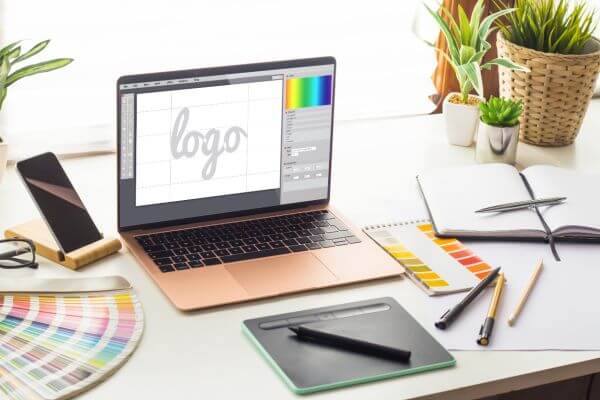Elevate Your Career as a Creative Professional
In today’s dynamic digital landscape, freelance design has emerged as a sought-after profession, offering creative individuals the flexibility and autonomy to thrive in their field. Whether you’re a seasoned designer seeking to expand your horizons or an aspiring creative eager to embark on your freelance journey, these valuable tips will empower you to navigate the freelance world with confidence and success.
1. Define Your Niche and Target Audience
As a freelance designer, carving out a unique niche within the vast design industry is crucial for establishing your brand and attracting clients. Identify your areas of expertise, whether it’s graphic design, web design, or UI/UX design, and showcase your proficiency in these areas. Simultaneously, determine your target audience, understanding their specific needs and preferences. Tailor your portfolio and communication style to resonate with this clientele, effectively positioning yourself as their ideal design solution.
2. Cultivate a Compelling Online Presence
Your online presence serves as your virtual storefront, making it essential to create a professional and visually appealing website or online portfolio. Showcase your best work, highlighting projects that demonstrate your skills and expertise in your chosen niche. Utilize captivating visuals, clear project descriptions, and testimonials from satisfied clients to effectively convey your value proposition. Additionally, establish a strong social media presence, engaging with potential clients and industry peers to expand your reach and build brand recognition.
3. Hone Your Communication and Client Management Skills
Effective communication is the cornerstone of successful client relationships. Actively listen to client needs, ask clarifying questions, and ensure a clear understanding of project requirements. Maintain regular communication throughout the design process, providing updates and seeking feedback to keep projects aligned with expectations. Develop strong project management skills, organizing workflows, meeting deadlines, and delivering projects within budget.
4. Establish Competitive Rates and Pricing Strategies
Determining your freelance rates involves carefully evaluating your skills, experience, and the value you bring to clients. Research industry standards for similar services, considering factors such as location, project complexity, and your target clientele. Offer competitive rates that reflect your expertise while ensuring financial sustainability. Consider project-based pricing, hourly rates, or retainer packages, tailoring your pricing strategy to each client’s specific needs.
5. Leverage Networking and Build Strategic Partnerships
Networking is invaluable for expanding your freelance clientele. Attend industry events, connect with potential clients on social media, and engage in online design communities. Collaborate with other freelancers in complementary fields, cross-promoting each other’s services to a wider audience. Build relationships with local businesses, offering your design expertise to enhance their brand presence.
6. Continuously Upskill and Stay Ahead of Trends
The design industry is constantly evolving, demanding that freelancers stay abreast of emerging trends and technologies. Dedicate time to continuous learning, taking online courses, attending workshops, and exploring new design software and techniques. Engage with design communities, following industry publications, and participating in design challenges to stay at the forefront of creative innovation.
7. Seek Mentorship and Embrace Feedback
Seek guidance from experienced freelance designers or mentors who can provide valuable insights and support. Join freelance communities or online forums where you can exchange ideas, share experiences, and learn from others’ successes and challenges. Actively seek feedback from clients, both positive and constructive, using it to refine your skills and enhance your services.
8. Embrace Business Acumen and Legal Considerations
As a freelance designer, you are also a business owner. Familiarize yourself with basic business principles, including invoicing, taxes, and contracts. Consider establishing a business structure, such as an LLC or sole proprietorship, to protect your personal assets and gain access to certain business benefits. Consult with an accountant or legal advisor to ensure compliance with relevant regulations.
9. Cultivate a Healthy Work-Life Balance
While freelancing offers flexibility, it’s crucial to establish clear boundaries between work and personal life. Set dedicated work hours, avoiding the temptation to work constantly. Schedule breaks throughout the day to refresh your mind and prevent burnout. Prioritize your well-being by maintaining a healthy lifestyle, including regular exercise, a balanced diet, and adequate sleep.
10. Embrace Continuous Growth and Personal Development
Freelancing is a journey of continuous learning and personal growth. Reflect on your experiences, identify areas for improvement, and set goals for professional development. Celebrate your accomplishments along the way, maintaining a positive mindset and a passion for your craft.
Remember, freelancing is a marathon, not a sprint. Success takes time, dedication, and a willingness to adapt and learn. By following these valuable tips and continuously refining your skills, you can establish a thriving freelance design career, achieving both professional fulfillment and financial success.





